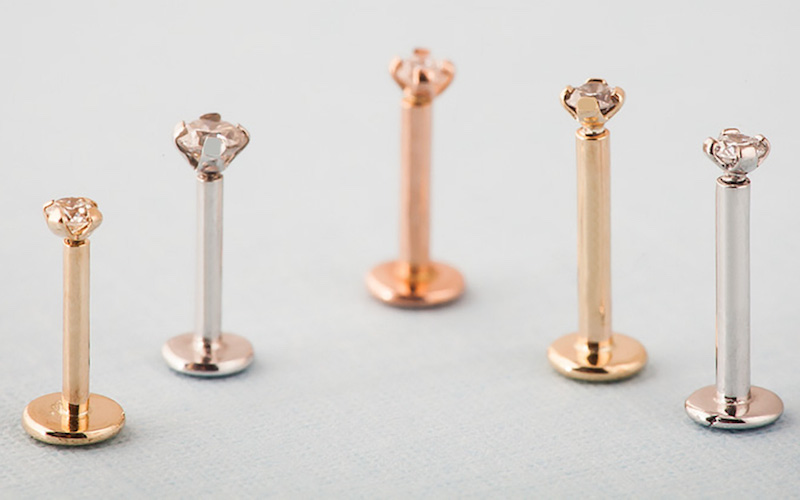
When you start exploring the world of fine jewelry, you’ll quickly discover that it’s not incredibly straightforward. Besides choosing the style you love, you’ll have to determine your preferred diamond type, whether you want a cultured pearl or a natural pearl, the karat of your gold jewelry, and more.
Because of all of its intricacies, the fine jewelry world can be intimidating to an outsider. Although jewelers can help you through the process, it always feels a little more comfortable when you know enough about the industry to be able to ask intelligent questions.
That’s where we come in. Here’s a beginner’s guide to gold colors.
Gold’s natural color is yellow. When you purchase a yellow gold cartilage earring, it’s similar to the natural gold color. In order to achieve white and rose gold colors, the gold is mixed with other metals.
White gold is often mixed with silver-colored alloys—usually zinc, nickel, or silver. If you have an allergy to metal, which many people do, you need to be careful when you shop for white gold jewelry and make sure that it isn’t mixed with nickel to achieve its silver tone. (You’re safe here at FreshTrends since none of our jewelry contains nickel).
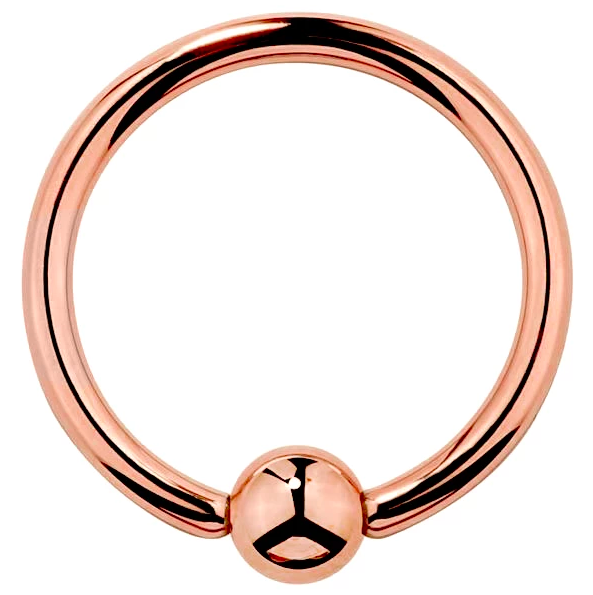
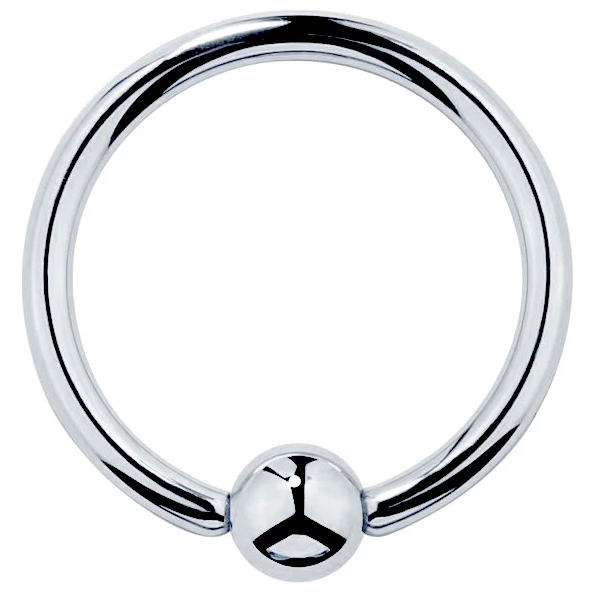
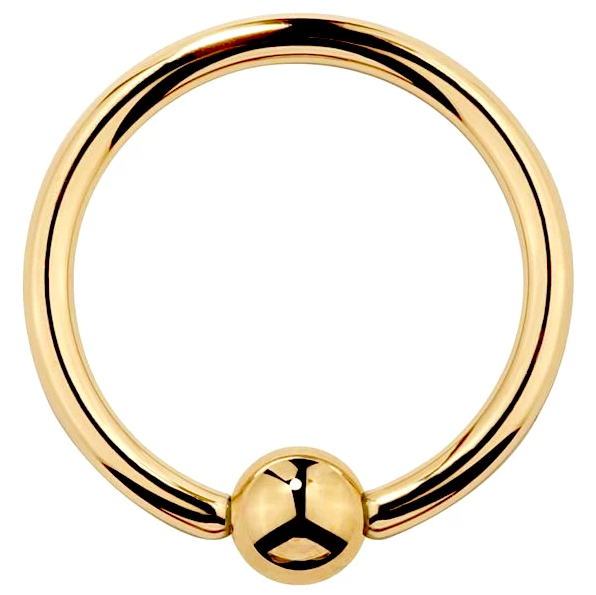
Sometimes, white gold is mixed with nickel to achieve its silver color. The white gold here at FreshTrends never includes nickel. Instead, it’s plated with rhodium—a high-quality metal similar to platinum that’s the most expensive precious metal in the world—to achieve a luminous silver tone.
Rose gold is typically mixed with copper to achieve its pinkish color. Since copper tarnishes over time, the color of your rose gold nose jewelry will change over the years, but most find its change appealing.
It might seem as though yellow gold is purer than rose or white gold since it doesn’t have to be mixed with anything to gain its color, but 14k gold is the same purity, no matter the color. Gold is incredibly malleable, which makes it an excellent material to create intricate jewelry pieces, but a horrible material for durability. It must be mixed with harder metals in order to prolong its life. Therefore, all gold contains a certain percentage of alloys, whether those alloys change the color of the gold or not.
The best gold tone for you largely depends upon your skin tone as well as your personal preference.
People tend to suit either warm tones or cold tones.
Warm tones appear on the red/orange/yellow/brown end of the color scale.
Cold tones are among the blue/violet/green colors.
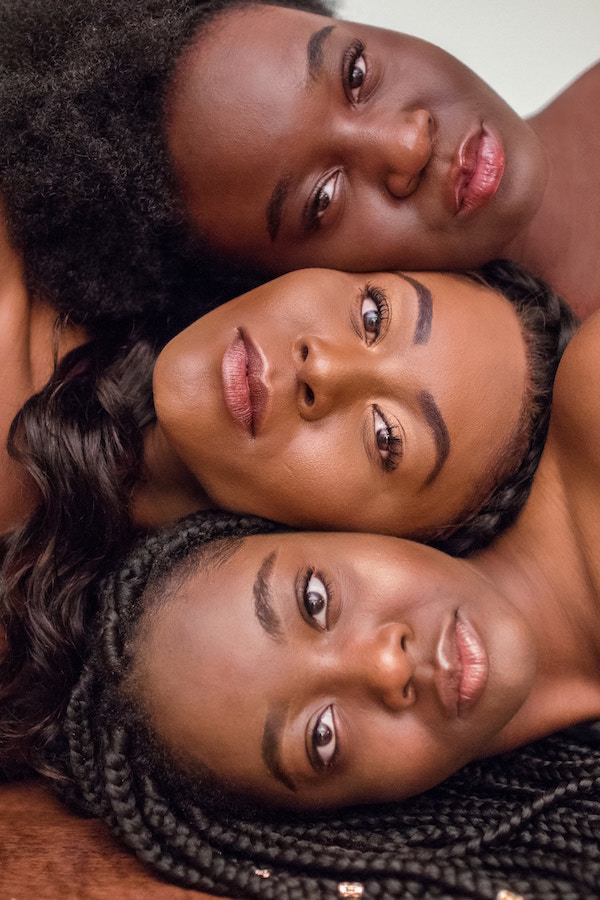
Your skin comes in tones, as well. If your foundation has a bit of a yellow base, then you likely have warm-toned skin. If your foundation has a pinker or neutral base, then you probably have cold-toned skin.
To determine the tone of your skin, talk to a makeup specialist. They match many people with the perfect foundation, and they’ll be able to tell you what type of skin tone you have.
Warm skin tones prefer white gold. Since warm skin tones already have a bit of a yellowish base, the gold tone can bring out the yellow, making you look sickly. Cold skin tones prefer yellow gold or rose gold. Cold tones tend to have a pallor about them, and the warmer colors helps bring a glow to your look.
Although warm and cold skin tones typically have their color preferences, everyone is made differently, and you should choose the gold tone that works for you, specifically.
Hold some jewelry pieces to your face, and ask yourself some questions:
Similar to trying on different colored t-shirts, finding the right gold tone for you is a matter of knowing what you look good in. Once you determine your preferred tone, picking out jewelry will be easy.
Got your gold tone chosen? Now’s the time to shop for your new favorite body jewelry pieces!
Leave A Comment